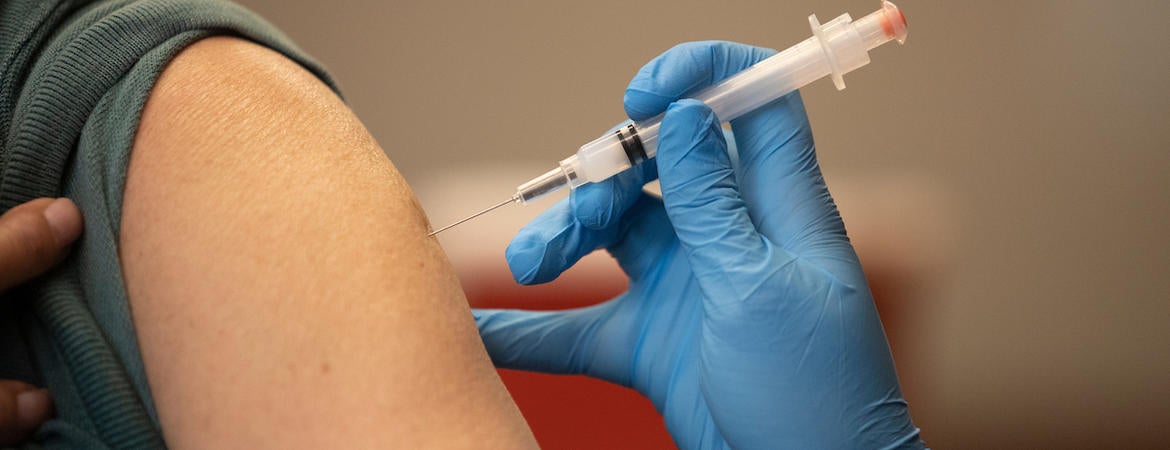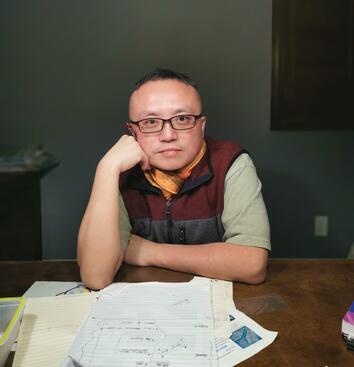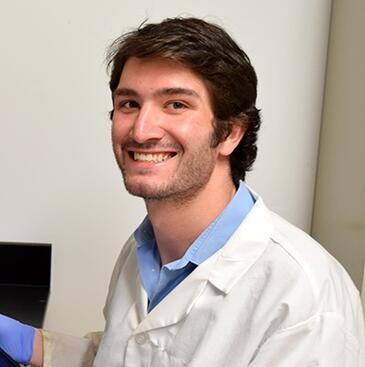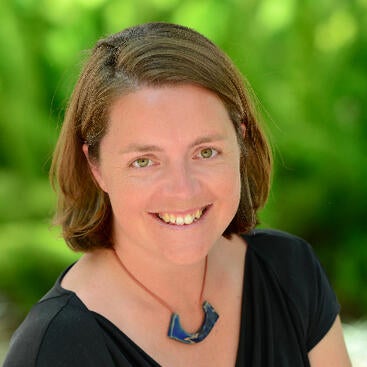
After COVID vaccination, it usually takes weeks for our bodies to develop protective antibody responses. Imagine, however, a vaccine that speeds up the production of antibodies against SARS-CoV-2, the virus that spreads COVID-19.
A research team led by Rong Hai, an associate professor of microbiology and plant pathology at the University of California, Riverside, has developed such a vaccine by using preexisting immunity to a separate virus (the influenza virus) to help kickstart the process of making antibodies against SARS-CoV-2.
“Any delay in the immune response to SARS-CoV-2 means there is some time when people are left poorly protected against the virus,” Hai said. “Our vaccine is designed to get people those protective antibody responses faster, so they are not vulnerable to the coronavirus. This is better protection for everyone. It could be especially valuable for people who still lack immunity to SARS-CoV-2, such as children.”
Study results appear in the Journal of Virology.
To develop the new design, Hai and his colleagues targeted SARS-CoV-2 as a representative pandemic virus and generated a “fusion protein” vaccine that combines the nucleoprotein from influenza A virus and the receptor-binding domain, or RBD, of the SARS-CoV-2 spike protein. The SARS-CoV-2 virus uses the spike protein to attach to a receptor on the surface of cells — the first step in the infection of the cell by the virus. Antibodies against RBD block the interaction of the spike protein with the receptor, thereby preventing the virus from infecting the cell.
The new vaccine design addresses a long-standing challenge in the field of virology: the delay in developing protective adaptive immunity for emerging viral pathogens. Hai explained that in any infection antibodies are made by a type of cell called the B cell. Each B cell produces one antibody against one specific target; only a small subset of B cells, however, can produce antibodies against RBD.
“For more B cells to become activated and start producing antibodies against RBD, two steps are needed,” said Harrison Dulin, the first author of the paper and a former graduate student in Hai’s lab. “First, the B cell needs to encounter the RBD protein, and second, the B cell needs to be activated by another cell called a helper T cell. At the start of an immune response against SARS-CoV-2, there are only a few helper T cells around that can help activate the RBD-specific B cells. This causes a delay in mounting the antibody response against the pathogen.”
According to Hai, the new vaccine design has the advantage of allowing the RBD-specific B cells to derive help from a pool of readily available helper T cells generated in response to a flu infection.
“The flu helper T cells are harnessed to activate the RBD-specific B cells, speeding up the process of antibody production,” he said.
Encouragingly, the new design can be used even in countries with limited financial resources.
“Given the simplicity of our new design, it would not require these countries to acquire any additional complicated or expensive equipment,” Hai said. “We designed the vaccine so that it could be administered the same way as currently available vaccines.”
The new design stemmed from another project led by Hai, which aimed to design a dual vaccine platform for both influenza and SARS-CoV-2 virus. Although the research team only tested the vaccine against SARS-CoV-2, in principle the new design can be used to speed up antibody responses against other emerging pathogens.
“It could be especially useful if we ever have to deal with SARS-CoV-3 or some other novel pandemic virus,” said coauthor Emma H. Wilson, a professor of biomedical sciences in the UCR School of Medicine.
Hai cautioned more work needs to be done in the lab before the newly designed vaccine is made available to people.
“So far, we have only tested the vaccine in mice,” Hai said. “We need to explore through clinical trials if this vaccine is safe for humans. It’s a long process. Further, preexisting immunity to influenza can vary from person to person, and we know that immune responses can wane over time. We need to test this vaccine in a range of immune backgrounds to see how widely applicable our strategy is.”
The research project made use of the newly established biosafety level 3, or BSL-3, lab at UCR.
“We needed to show that the antibody responses produced by our vaccine could effectively neutralize live SARS-CoV-2,” Hai said. “Because SARS-CoV-2 is a dangerous and highly contagious virus, working with live versions of the virus can only be done in BSL-3 labs.”
Hai, Wilson and Dulin were joined in the research by Duo Xu, Arrmund Neal, Edward Vizcarra, Jerald Chavez, Arzu Ulu, Keidy Wuang, Nikhil Bhakta, and Chanvoraboth Chea of UCR; and Ramya S. Barre, Myeon-Sik Yang, Siddiqur Rahman Khan, and Luis Martinez-Sobrido of the Texas Biomedical Research Institute in San Antonio. Dulin is now a postdoctoral researcher at the Fred Hutchinson Cancer Research Center, which focuses on infectious diseases.
The research was funded by a grant to Hai from the National Institute of Allergy and Infectious Diseases of the National Institutes of Health.
The research paper is titled “Harnessing preexisting influenza virus-specific immunity increases antibody responses against SARS-CoV-2.”






